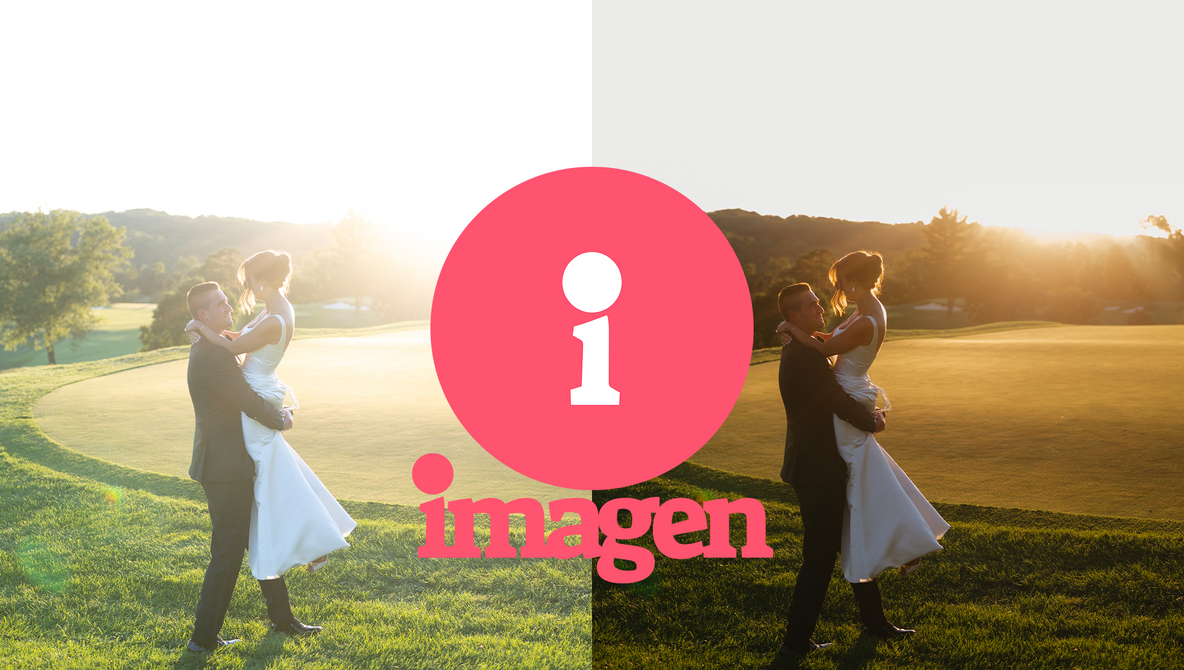In the world of photography, few things inspire as much love and hate as post-production. Some photographers trust this as the place where the vision comes alive. Others (myself, for example) dread it and put it away for months at a time. AI has promised to make editing faster but was met with criticism from artists who are afraid to lose creative control. I spoke with Miles Witt Boyer, a pioneer in the world of AI editing, about this and much more.
Miles Witt Boyer is known best for his luxury wedding work, but with a background in editorial and fashion photography, he is no stranger to the industry. Partnering with Imagen, he has found a way to not only speed up his turnaround times but also create a layer of consistency across all of his work. The story he told me is not only about saving time but also about evolving and discovering new layers to editing that you may have overlooked before.
From Presets to Personalized AI
Presets came about with the rise of YouTube photographers, and all of a sudden everyone’s images started looking the same. Presets were a great tool for those of us who wanted to worry less about editing and spend more time shooting. But simply applying a look made the photo less yours and more someone else’s. Legally speaking, your image, of course. Boyer argued that the era of presets has boxed photographers into narrow stylistic lanes. All of a sudden everyone’s images were either light and airy or dark and moody. He admits that presets almost killed creative coloring altogether.


Imagen changes that by learning from the photographer’s own editing style. Sure, they may have used presets in the past, but now is the time to upgrade the editing workflow with a so-called assistant editor. Unlike a preset that treats every image the same, Imagen builds an AI Profile based on thousands of your own edits, which gradually adapts and evolves with you. Over time it doesn’t just adjust exposure or white balance it learns when a blown-out sky is intentional or when deep shadows are part of the aesthetic. For Boyer, this means his galleries and images don’t just look polished, they look like him.
More Than Speed
It’s tempting to see AI tools as shortcuts, but Boyer sees them as a tool for consistency. He says he did not want his life back; all he wanted from Imagen was consistency across his images. The platform handles all the heavy lifting in terms of color science and base corrections, allowing Boyer and his team to focus on the higher-value edits. For example, advanced masking, cloning, or subtle retouching that makes the images a lot more high-value something his clientele expects from him to begin with. By trimming down his editing time by 60–70%, he is able to focus more on giving his work a polished look, building client relationships, and pre-production. The result he was able to achieve is not only faster delivery but also a stronger portfolio and happier clients without sacrificing his artistic identity.
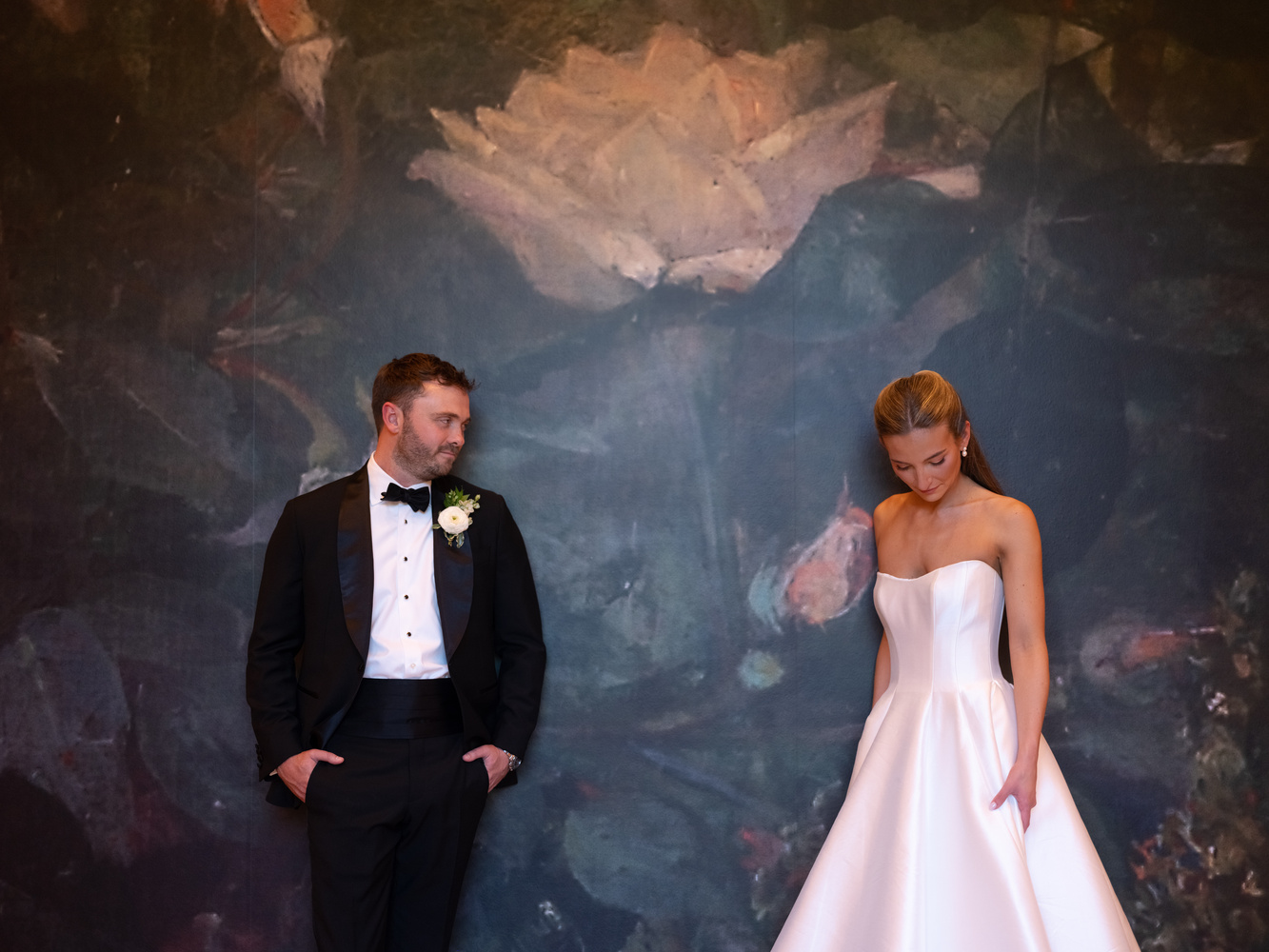
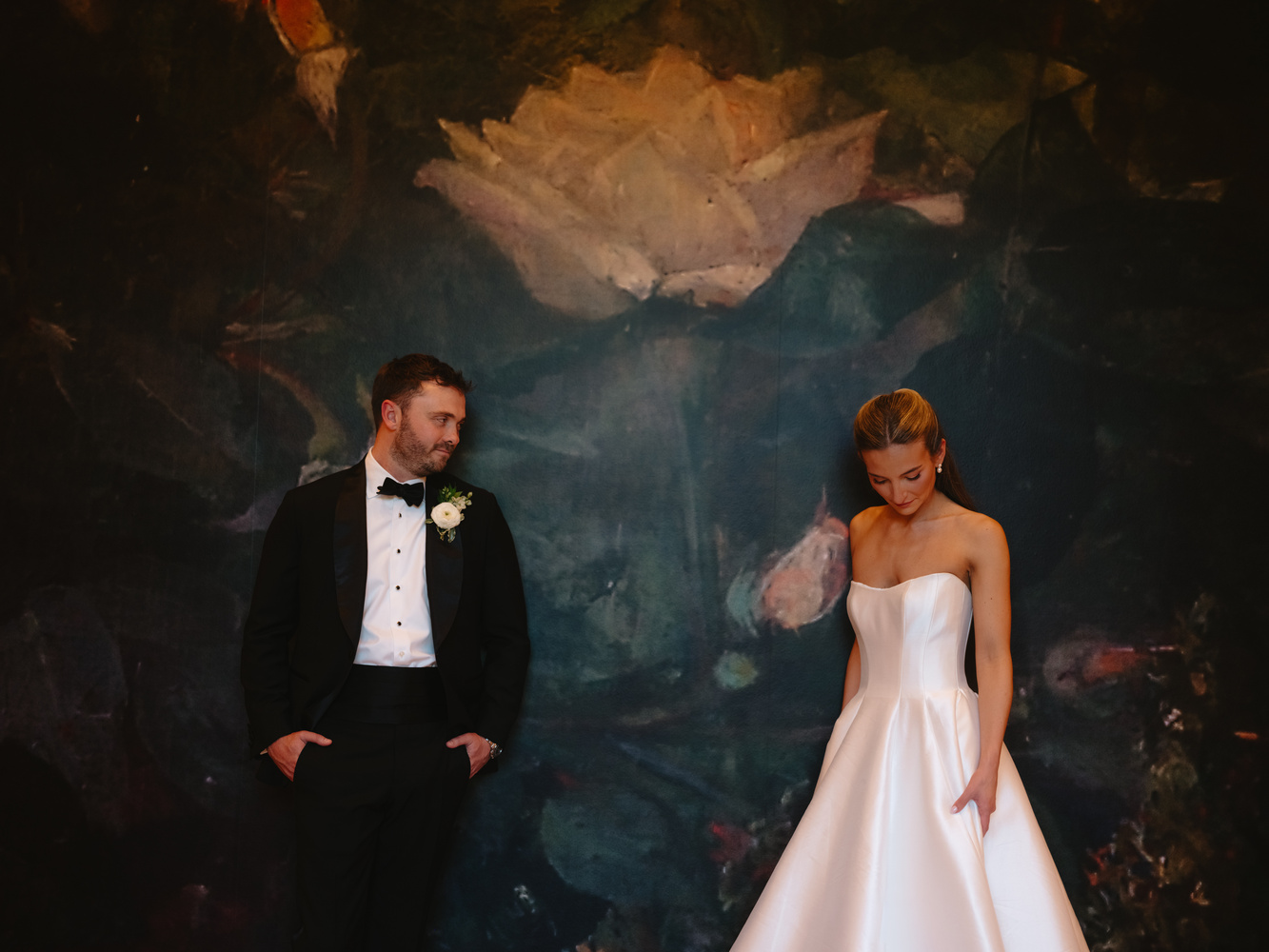
Training the AI: The Creative Partner
Getting started with Imagen might seem like a big task. After all, you do need to feed it with 3,000 edited images to build an initial profile. From there you are able to fine-tune the look by teaching the system what you like to see and what not.
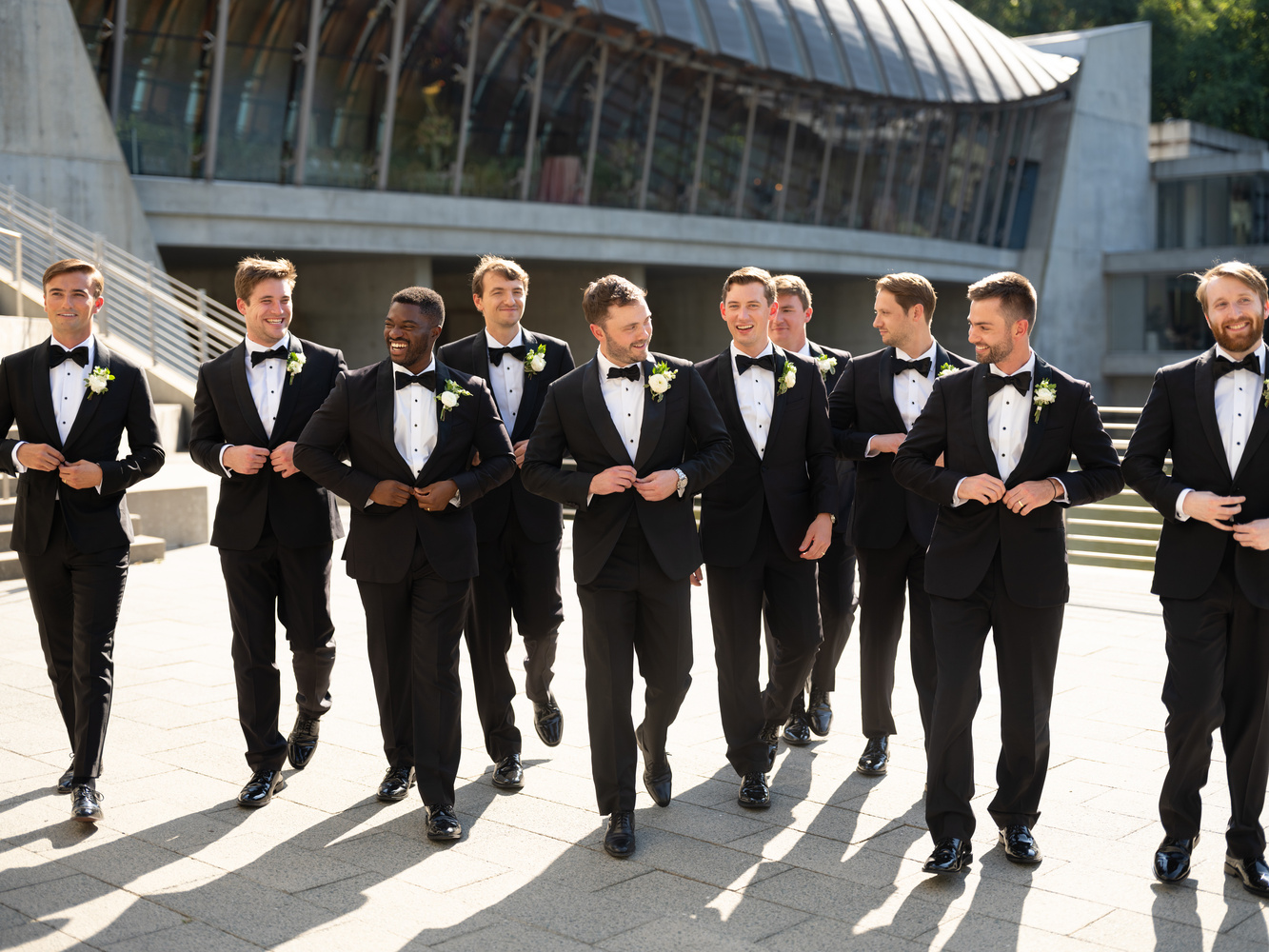
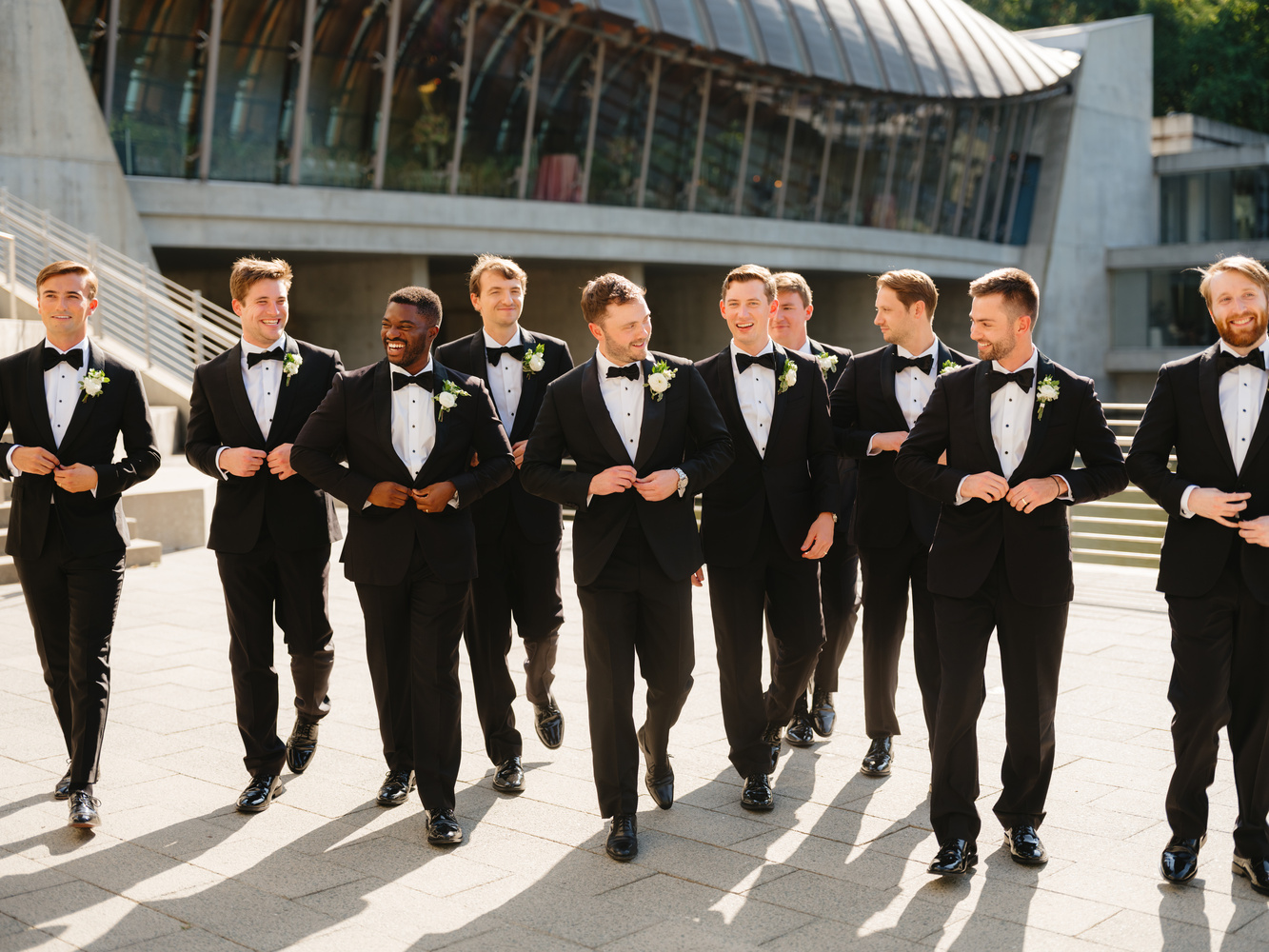
“It’s a relationship,” Boyer explains. “You let Imagen handle 80% of the work, and then you correct the rest. Over time it gets smarter, but it only knows what you teach it.” For photographers that might not shoot high-volume assignments, Imagen does have a Profile Shop a collection of curated looks from prominent names in the industry. These can serve as a good starting point to develop your own unique look and style. The AI will adapt as you teach it with more images.
Real-World Workflow
In Boyer’s studio, Imagen isn’t just an add-on it’s woven into the entire process. After a shoot, files are backed up manually (he prefers hands-on control) before being culled and batch-processed through Imagen. Importantly, the system doesn’t require uploading massive raw files; instead, it works from sidecar data and compressed previews, keeping the process fast and travel-friendly. For a recent wedding, Boyer uploaded more than 15,000 images. Imagen culled them down to around 3,000 selects and returned a Lightroom catalog with his profile applied. From there, he and his business partner refine the images, retouch distractions, and re-upload the final gallery so the AI continues learning. What was once a 30-hour marathon of editing is now reduced to six or eight hours with better consistency and fewer creative compromises.


AI and the Ethics of Editing
Beyond workflow, Boyer sees Imagen as part of a broader and even more ethical shift in the industry. For years, many photographers outsourced their editing to so-called photo farms, where workers handled thousands of files daily for cents per image under questionable labor conditions. By replacing that model with AI, Imagen not only lets photographers save time but also be more ethical in their working practices. “It’s a far more ethical way of doing business,” Boyer notes. “If AI can take the pressure off those systems, that’s worth supporting.”


Adapting or Falling Behind
Boyer compares today’s AI transition to the film-to-digital switch two decades ago. Back then, many seasoned photographers dismissed digital as inferior. Within a few years, most of them were out of business. “I think the same thing will happen with AI,” he warns. “You don’t have to love it, but you have to learn it. Otherwise you’re putting an expiration date on your career.”
For him, Imagen isn’t about replacing the artist, it’s about augmenting the craft. By treating the platform like an assistant or editor on salary, photographers free themselves to focus on what only humans can do: connect, create, and tell stories. Though Boyer’s work is rooted in weddings and luxury events, the implications are broad. High-volume fields like e-commerce, real estate, and school photography stand to benefit enormously from Imagen’s ability to maintain consistency across tens of thousands of images.


Closing Thoughts
As a photographer, I already take full advantage of AI in Capture One as well as Photoshop and even sometimes InDesign. As a writer, I have been taking advantage of various GPTs for research, proofreading, and even bouncing ideas. ChatGPT does a great job of reading letters that I receive and is a great overall assistant. Back in the day, I would spend a few hours proofreading and correcting typos, making sure the material was formatted correctly. Now it’s as simple as programming the AI to do exactly what you want and letting it work for you. AI has not created a better version of me it has just allowed me to focus on tasks that only I can do. The same applies to Imagen it’s a tool that will let you focus on what truly only you can do.

